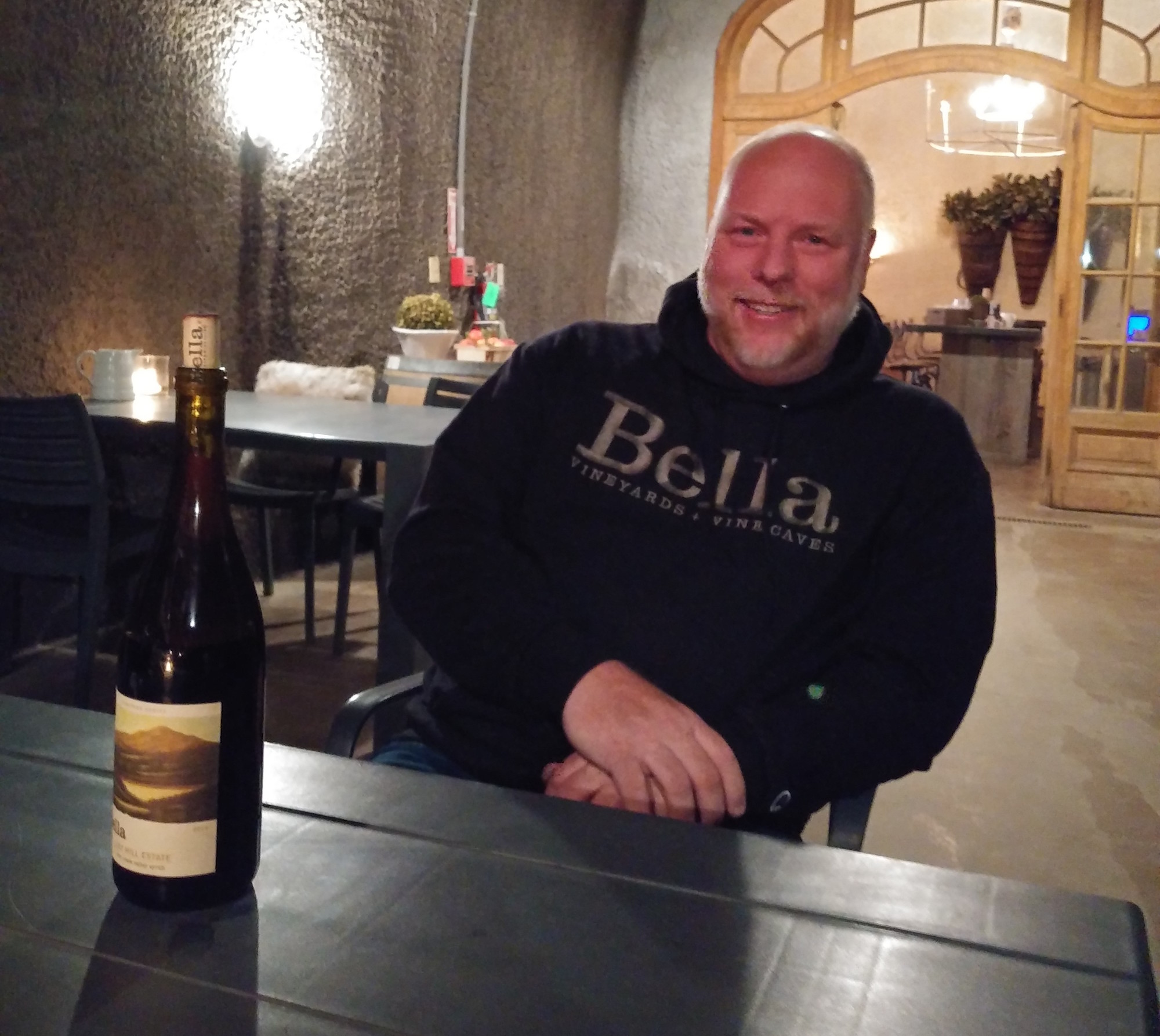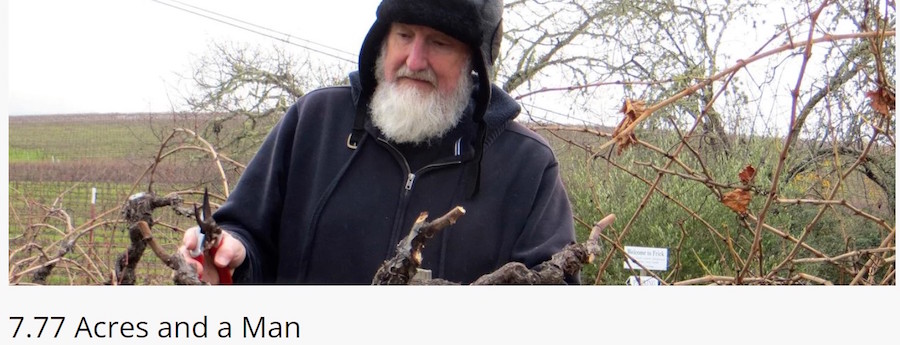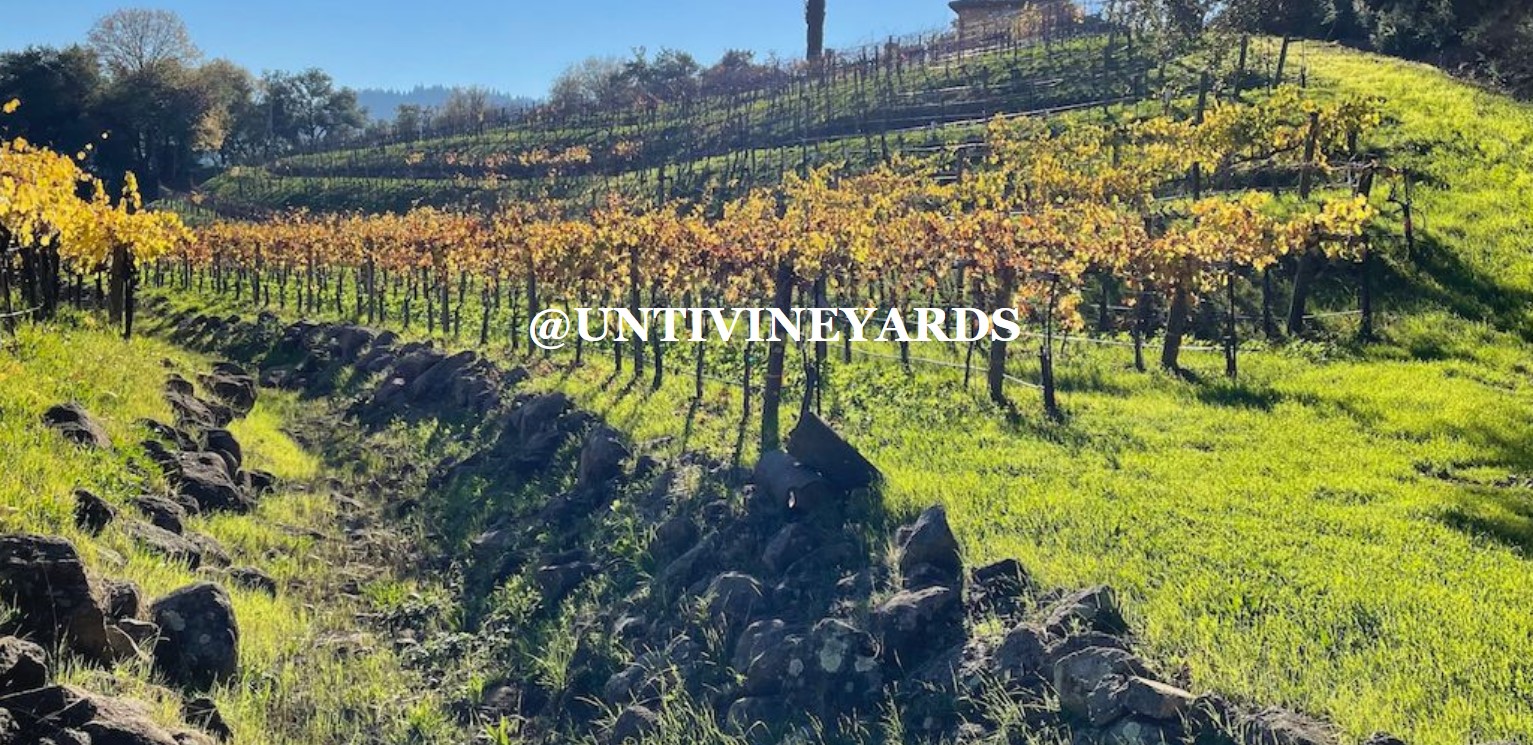
Wine Spectator Grand Tour 2024 Las Vegas – Covered!
Last Saturday night, at Resorts World Las Vegas, Eddie and I covered our very first Wine Spectator Grand Tour tasting! Eyeballing this one for a while, as all the wines scored 90 points or greater – any 90-point and up wine awarded blind by Wine Spectator means a lot in my opinion – and there…














